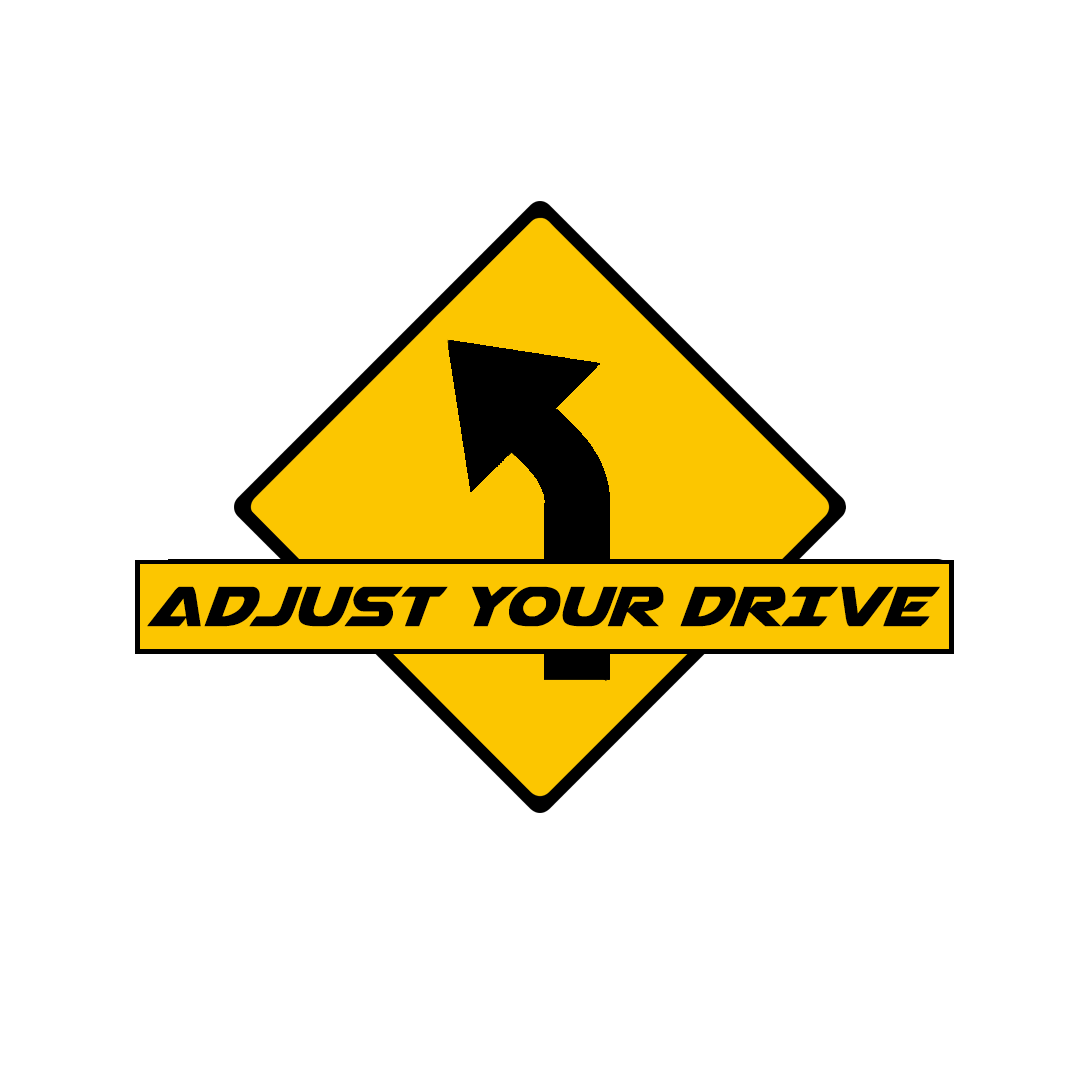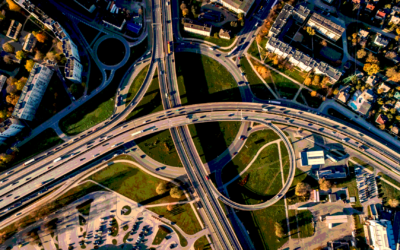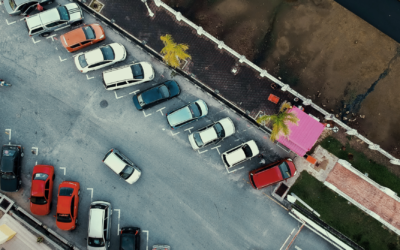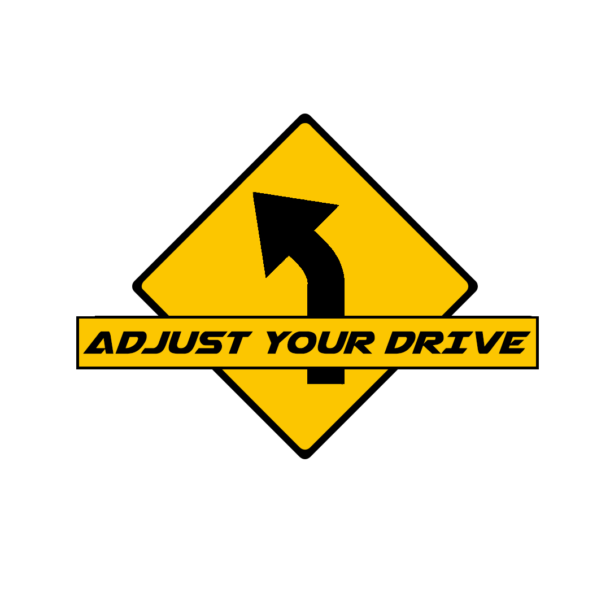Lane change accidents are pretty easy to understand in theory, but make for some of the most frustrating claims to deal with. In this post, I’ll explain why they can be difficult, as well as:
- The general rule
- How typical lane change accidents happen
- Insurance investigations
- Alternate scenarios
- Why these accidents happen
- How to avoid them
- What to expect if you are involved
The General Rule
A vehicle that leaves their lane of travel has a duty to do so safely. This means that if you are the one changing lanes, you will be at fault.
Each state words their traffic laws differently, but they all get to the same point. For example, my home state of Oregon has two statutes that would apply:
- 811.370 – Failure to drive within lane: “…A person commits the offense of failure to drive within a lane if the person…does not:
- (a)Operate the vehicle as nearly as practicable entirely within a single lane; and
- (b)Refrain from moving from that lane until the driver has first made certain that the movement can be made with safety.
- 811.375 – Unlawful or unsignaled change of lane: “A person commits the offense of unlawful or unsignaled change of lanes if the person…changes lanes by moving to the right or left upon the highway when:
- (a)The movement cannot be made with reasonable safety; or
- (b)The driver fails to give an appropriate signal continuously during not less than the last 100 feet traveled by the vehicle before changing lanes.
The first statute says that you need to drive within a lane and not leave that lane until you are certain it is safe. The second specifies that you commit an offense if you change lanes when it’s not safe, or if you don’t use a proper signal.
It is the driver’s responsibility to ensure they have enough room to move lanes, and that they will maintain safe following distances in the next lane. Any contact while moving lanes is evidence of an unsafe lane change.
Please note, signaling does not give you the right of way. While it is good social behavior to “let someone in,” they don’t have a legal responsibility to get out of your way. Of course, this is different from every driver’s responsibility to avoid an auto accident when possible.
The Typical Scenario

In a simple lane-change, there is one vehicle leaving their established traffic lane. The merging driver in the blue car doesn’t see the green car next to them, and they make impact.
In this case, the blue car failed their duty of care. They would be 100% at fault for this accident.

The major variation is when both cars are changing lanes. In this case, both the blue and green car are trying to get into a single lane.
A merging vehicle doesn’t just need to check before moving, they also have a duty to complete the lane change safely. With both vehicles changing lanes at the same time, they are both equally negligent. Each driver would be 50% at fault.
Insurance Investigations
When your insurance company has a claim reported with a lane-change crash (sometimes categorized as sideswipe accidents) they will need to complete an in depth investigation. Insurance companies need to determine coverage, liability and damages for each claim. For this post we are concentrating on liability.
The primary evidence in a car accident claim is the driver statements. Insurance adjusters need to know what each driver says happened. They will ask important questions about the scene of the accident, weather conditions, traffic, and the time, speed, and distances involved.
Often, if both drivers agree on what happened, they don’t need to look any further. The merging driver is at fault, and it’s easy to move on.
Disputes
The problems come when there are disagreements. Two drivers, each say they were driving within their lane, and felt an impact from the other car. In these cases, the adjuster will look for any evidence that might prove liability on either vehicle. They will look at damage photos, the official police report, eyewitness accounts, and ideally video evidence.
The real frustration comes when there is no video, and no witness. The challenge of a lane-change collision is that the damages don’t prove location on the roadway. Side-to-side impacts tend to cause flat, scraping damages. The point of impact can show that one car was slightly ahead of the other. The scraping can show a difference in vehicle speeds. But they can’t show which car left their lane.
Similarly, something like a police report doesn’t prove what happened, unless the police officers actually witnessed the accident.
These disagreements are likely to end in a word vs word situation. Each driver’s insurance company does their own independent investigation, and makes their own determination of fault. They have a duty to follow the evidence. But they also have a duty to support and defend their insured. So when there is no way to prove which person changed lanes, each company denies liability to the other driver.
In a word vs word situation, each driver will only be able to use their own coverage. If they don’t carry collision coverage, they won’t be paid for their damages. And even when they do have the proper coverage, they will have to pay their deductible with no hope of being reimbursed.
I will go into more detail in a future post about liability disagreements, and link it here.
Alternate Scenarios
So are there any situations where the merging driver might not be at fault? Yes. Possibly. As with many things, it’s situational.

The strongest example would be another vehicle entering the roadway. A merging vehicle does not have right of way over a vehicle established in their lane. However, a merging vehicle would still have a right of way over a vehicle entering the roadway from a driveway or side street.
In this case, the blue car is on a city street, changing from the inside to outside lane. But the pink car is entering from a driveway. The Oregon statute that applies here would be:
- 811.280 – “A person commits the offense of failure of a driver entering a roadway to yield the right of way if the person…does not yield the right of way to any vehicle approaching on the roadway to be entered or crossed as to constitute an immediate hazard.”
The pink car needed to yield to any vehicle approaching, regardless of what lane they are in, or if they are switching lanes.

There are also many scenarios where the drivers share fault. A common (and hotly contested) situation is when one driver is getting into a left turn lane at the proper place, while another driver is driving up the center lane before it is permitted.
In this example, the green car would be majority at fault (over 50%), while the yellow truck would have comparative negligence for improper usage of the center lane. The exact percentages may vary depending on speeds involved, turn signal usage, recognition of danger, and evasive action.
People in this accident are usually unhappy about the liability decision. The person driving up the center lane argues that they were just driving straight, they didn’t do anything wrong. However, their usage of that lane created a dangerous situation where other drivers might not think to look for them.
And the driver changing lanes argues that they were getting into the turn lane at the proper time. That other car wasn’t supposed to be there in the first place. Unfortunately, liability laws favor cars established in a lane over cars entering a lane, even when there is improper lane usage.
Road Rage
I remember one specific story that involved two trucks and a very long merging lane. This happened on a coastal highway, the right lane ended, and traffic had to merge into the left lane. Typically the merging vehicle would be at fault for merging into another car. However, this story involved road rage.
Both drivers admitted to seeing the other vehicle, and not wanting to let the other vehicle in front of them. I believe there was some kind of perceived slight prior to this incident. Our scene investigation showed a very long merging lane, over a football field long. Both drivers stepped on the gas and wouldn’t back down, fully knowing that a collision was imminent.
In this case, each driver was determined to be 50% at fault. The recorded statements from each driver were just too incriminating. The adjusters involved essentially said, “You both acted stupidly, you both contributed equally to this accident.”
Why Do These Accidents Happen?
The root cause of lane change accidents is often lack of awareness. As a liability adjuster, I couldn’t begin to count how many times I heard:
- The lane was clear
- They came out of nowhere
- They weren’t there, then they were
Which all translates to: “I didn’t see them.”
How To Avoid Lane Change Accidents
To ensure safe lane changes, you should be sure you are familiar with the sightlines of your vehicle. You need to know where any blind spots may be, and how far you have to look to check them.

An easy way to do this is to get in your normal driving position. Have or find another car parked along the side of a residential road, or some other area you can maneuver safely. Slowly drive past the car, as if you were passing in a neighboring lane of traffic. Stop once the car disappears from your forward view. That is the beginning of your blind spot.
Then, slowly pull forward until you can see the car in your side mirror. That is where your blind spot ends. Now you can practice checking that blind spot. Be sure you can see by doing a head check. Another technique is to lean forward in your seat, which changes your viewing angle through the mirror.
Be sure to do this for both sides of your vehicle. I would also recommend doing this in any other vehicle you drive regularly, as the blind spots could be different.
Modern vehicles are often equipped with blind spot monitors now. Do familiarize yourself with how and where these monitors work. But please know that these monitors do not relieve you of responsibility. If your blind spot sensors don’t alert you to a car, and you cause an accident, you will still be liable. You cannot blame the car for your lack of awareness.
To avoid being the victim of a lane change accident, you need to be a defensive driver. Be aware of when you are traveling in someone else’s blind spot. The best drivers will speed up or slow down to make sure they can always be seen.
Be especially aware of large trucks. These massive vehicles have larger blind spots, and it is easy for a small passenger car to disappear to a truck driver.
What To Expect If You Are Involved
At-Fault Driver
If you are the negligent driver in a lane-change accident, you will need to talk to your insurance company to have it covered. They will open a liability claim to handle damages for the other parties. Once they have investigated and accepted liability, they will handle the other parties’ damages, up to your policy limits.
If you have collision coverage for your vehicle, they will handle they cost of repairs, minus your deductible. If your car is a total loss, they pay the cash value of your vehicle, minus your deductible. And if you have rental coverage, they will set you up with a rental according to your coverage amount and policy limits.
If you are injured in a traffic accident, you will be able to use whatever first-party coverages you have available. Depending on your state, this can include Personal Injury Protection (PIP), or Medical Payments Coverage (MedPay). If you do not have medical coverage through your car insurance, then you will need to use whatever health insurance you have available.
Not-At-Fault Drivers
If someone else is at fault for your accident, in most states you will have the option of using your own insurance or the at-fault insurance company to handle your vehicle damage.
If you go through your own insurance company, you will use whatever collision and rental coverages you have available. You will be responsible for your deductible. Some insurance companies have options to cover your deductible if the other company has accepted fault, but that is a case-by-case basis. Be sure to check with your company about their options.
Your insurance company will cover your damages, then pursue the at-fault company in a process known as subrogation. The at-fault party’s insurance owes for the damage caused, so they will need to pay your company back, including any deductible.
You would also have to option of pursuing your claim directly with the at-fault insurance carrier. You are owed fair compensation for your property damage, which can include payment for repairs or the value of your vehicle, a rental car covered for a reasonable time period, and reimbursement for any other items damaged in the collision. Additionally, some states allow for diminished value claims, but those claims tend to be limited to very new vehicles.
Injury Claims
If you have been injured as result of an improper lane change, you first need to think about getting proper medical care. Get checked out, and follow your doctor’s medical advice regarding treatment.
Thankfully, side-to-side impacts are usually lower in severity, and don’t often produce severe injuries. Common injuries include soft tissue sprains and strains. However, a lane-change impact can easily push a vehicle off the road, into solid objects, or into other traffic. This can cause a more serious motor vehicle accident, and more serious injuries.
You need to know where your medical expenses get paid. Your bills will initially be covered by your first party coverage. Depending on your state, this can include Personal Injury Protection (PIP), or Medical Payments Coverage (MedPay). If you do not have medical coverage on your car insurance, or if your PIP/MedPay limits are paid out, then your personal health insurance is next in line. Last in line to pay is any Medicare or Medicaid coverage.
Separate from normal coverage of your medical bills, you will have a bodily injury liability claim with the at-fault company. Fair compensation for your injuries typically includes both economic and non-economic damages.
Economic damages are the solid numbers. This can include medical bills, ambulance bills, prescription drug costs, and lost wages due to your injuries. If these costs have been covered by your insurance, then part of your settlement will reimburse them.
Non-economic damages are intangible items. This is often called general damages, or pain and suffering. Typical financial compensation varies widely depending on the details of your case, including the diagnosed injuries, treatment provided, impact on your personal life, venue (the location of your case), and many other potential factors. Each injury case is as unique as the person who was hurt.
Injury liability claims are always paid in the form of a settlement. This is a one-time payment inclusive of all items related to your injuries. You will typically need to sign a release before any payment is made by the at-fault company. Do note that injuries are handled separately from property damage. You can have them pay for your vehicle without settling your injury claim.
Do I Need a Lawyer?
As a former adjuster, I cannot and do not give legal advice. I cannot tell you what your claim is worth or if you need legal counsel. An injury settlement is an agreement between you and the at-fault insurance company. Those two parties are the only ones who can finalize an agreed settlement amount.
However, I can tell you that you are not required to have an attorney handle your injury claim. I have settled countless injury claims directly with the injured party. Your role as a claimant in a personal injury claim is to provide proof of injury, most often in the form of medical records. But even with that, the insurance companies will usually be of help. It is standard practice for the injury adjuster to offer a medical authorization, which lets them collect the records for you. If you are someone who wants to handle your claim on your own, you can in most cases. I plan to provide more detailed information on injury handling in the future, which I will link here.
If you do feel you need legal representation, or just to review your options, you can contact a personal injury lawyer in your area. An experienced car accident lawyer may be able to give you more detailed information about the specific laws and processes in your state, as well as their opinion of the value of your claim. Personal injury lawyers will often give a free consultation to discuss the major facts of your case. If you do want to consult an attorney, I would recommend finding someone local, as they will know your area better than a large chain or out-of-state firm.
Explore more accident types here.






0 Comments